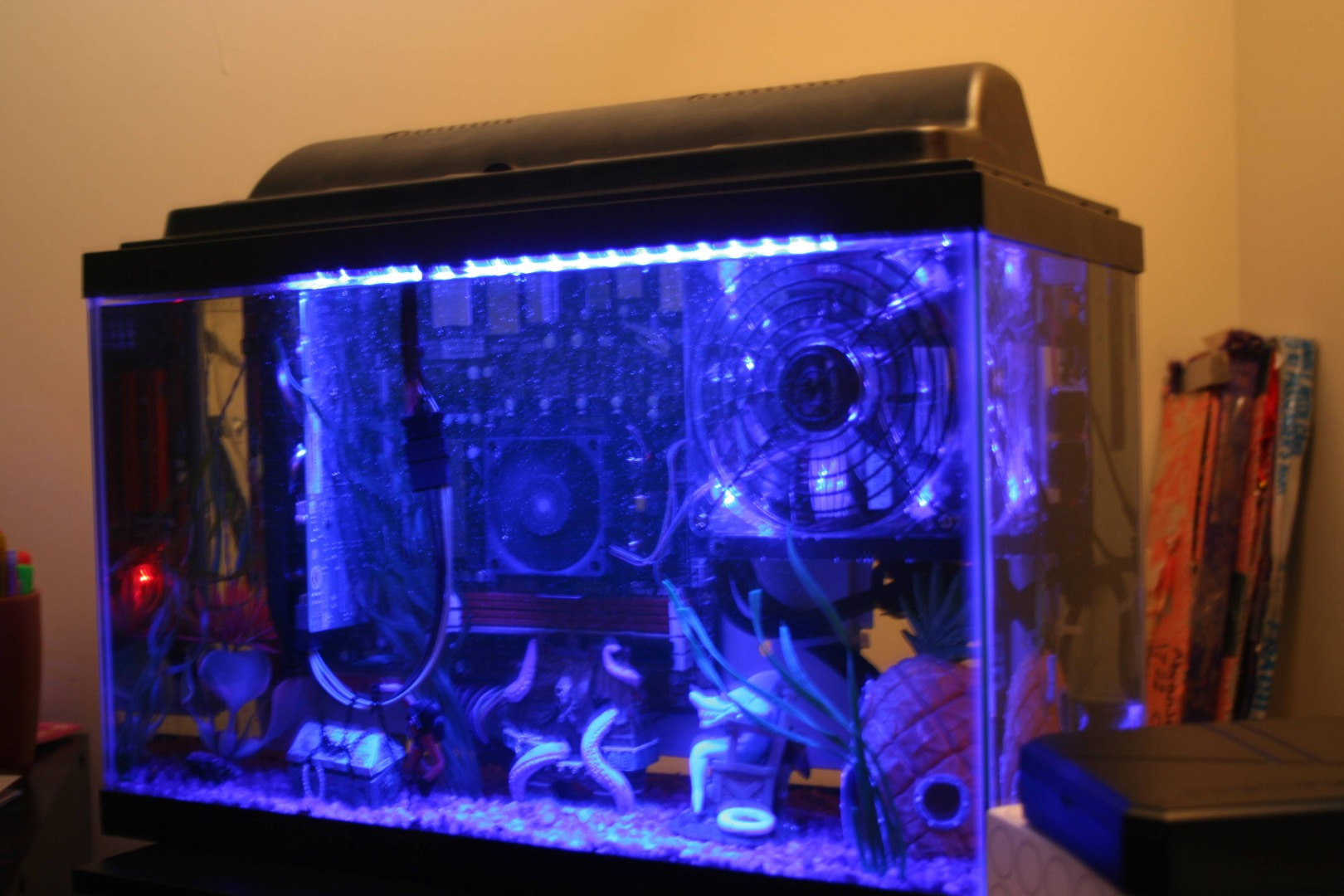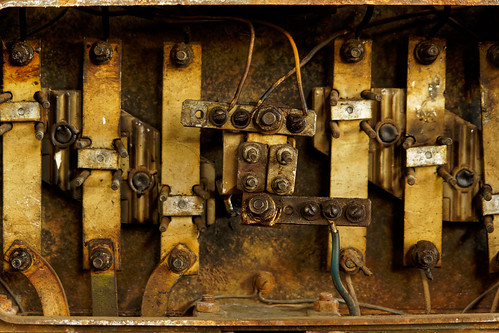
Big Brain Innovation: Intelligent IT Solutions
When Electronics Get Wet
Conductivity and Oxidation
It’s common knowledge that it’s bad to get electronics wet, but sometimes accidents happen. What can you do when electronics get wet, and what is really going on?
Oh No, It’s Wet!
If a piece of electronic equipment gets wet, such as from a spill, immediately disconnect it from all power sources. Unplug it from the wall, remove any batteries, and make sure the device has no power at all. After the power has been removed, allow the device to dry out.
There are numerous suggestions readily available such as using a hairdryer or placing the device in a bag of rice. These methods speed up the drying process, so while they are not necessary, they do help. It is of utmost importance to ensure the device is completely dry before reconnecting power to use it again. How you dry the device is up to you, though I recommend against any method which involves direct contact or touching the device.
The challenge is how to know when the device is completely dry. This is very difficult, if not impossible, to determine, especially due to the fact that electronic devices generally have multiple enclosed areas. If fluids get inside an enclosure, it may take quite a while for them to dry out.
How long you decide to wait is up to you. Keep in mind the adage: better safe than sorry. The device will likely work again after it has completely dried, assuming no damage was done initially.
If there were smoke or other strange smells, it is most likely too late. Your best option is to take the device in for repair or replacement. The absence of any visual or olfactory signs of damage is a good indication that there is an absence of damage.
Why Are Fluids So Bad for Electronics?
Technically, they’re not. The problem is that fluids generally conduct electricity. With how closely together circuits run on electronic devices, especially with micro-electronics, conductive fluid very easily leads to a short circuit.
There are two types of shorts which are commonly seen. The first is when the liquid (or any other material) allows the excess electrons to travel from the source to the destination, without flowing through the devices on the circuit. This results in a tremendous amount of unresisted power running through part of the circuit, which generates heat. Excess heat will burn out fragile components and may ultimately lead to a fire.
The second common type of short is when a power line from one circuit is shorted, or connected, to another circuit which was designed for lower power usage. As in the first type of short, this leads to large amounts of electricity where it was not intended to be, literally burning out fragile components. This type of short poses less of a fire hazard, though fire is still possible.
Non-Conductive Liquids
Electronics can be used with non-conductive liquids without causing any shorts. This is done in some commercial settings as well as by enthusiasts who create a display of their computer innards. Mineral oil is a common choice for use with electronics as it does not conduct electricity, though any non-conductive liquid will suffice.
Running Computer Submerged in Mineral Oil
Oxidation
Another concern when mixing electronics and liquids is oxidation i.e., rusting. While most metallic pieces in electronics are made from rust-resistant aluminum, electronic circuits tend to utilize copper, which is prone to rusting.
Generally, rust is formed over long periods of exposure to liquids and air. Mixing air and liquids will result in problems with the electrical properties of the circuits, causing devices to malfunction. For this reason, it is recommended to either keep electronics away from liquids, or keep them submerged in an non-conductive liquid completely.

Rusty Electrical Box: Dangerous!



